When you think of autumn in Japan, you might imagine colorful leaves and delicious seasonal food. But there’s another tradition that makes this season truly special: autumn festivals.

We call it “Aki Matsuri(秋祭り)”.
These festivals are deeply rooted in Japanese culture, celebrating the harvest and giving thanks to the gods while praying for good crops in the year ahead. With dazzling mikoshi (portable shrines) and massive floats parading through the streets, the atmosphere is lively, powerful, and unforgettable.
In this article, let’s dive into the world of Japan’s autumn festivals—exploring their history, meaning, and the fascinating traditions that make them one of the country’s most exciting cultural experiences.
What Are Autumn Festivals?
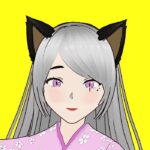
Autumn festivals are one of my favorite events. I’ve loved them since I was a child, and they still make me excited!

I love seeing autumn festivals!
Origins and Meaning
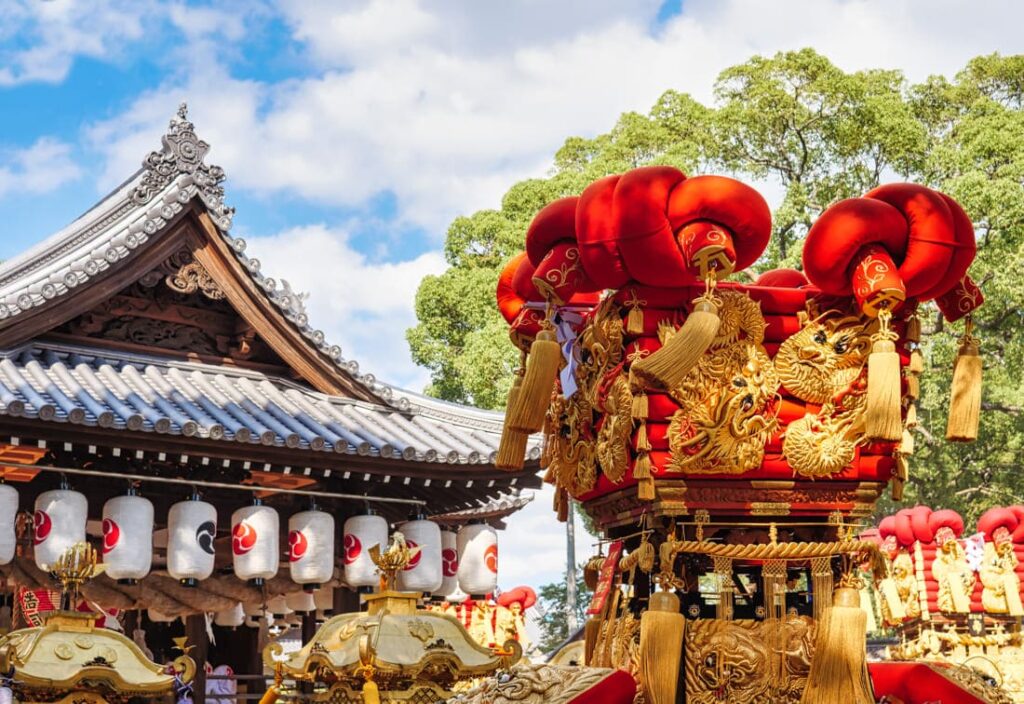
Autumn festivals in Japan are held to celebrate the harvest season. Traditionally, people offered gratitude to the gods for the year’s bounty and prayed for another successful harvest in the coming year. These festivals are not just events—they are sacred rituals deeply tied to people’s lives and beliefs.
When and Where Are They Held?
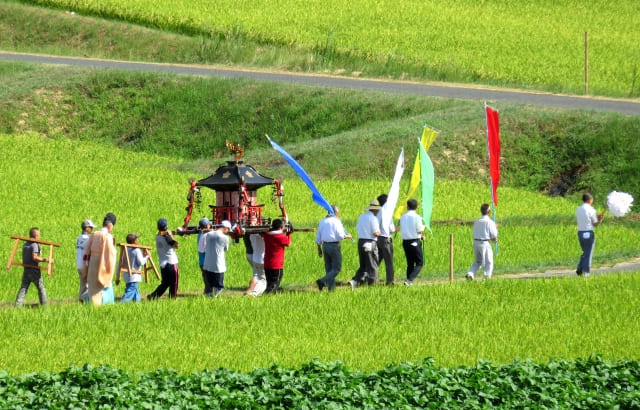
Most autumn festivals take place between September and November, all across Japan. Each region has its own unique style. Some festivals are known for their spectacular floats, while others focus on energetic mikoshi processions carried on the shoulders of locals.
In rural areas, the festivals still strongly reflect the agricultural roots of giving thanks for crops, while in big cities, they’ve grown into major cultural and tourist attractions.

The autumn festival in my grandparents’ countryside town is held on a grand scale every year. Honestly, it’s much flashier than the ones in the area where I live now. Maybe that’s why I always associate the countryside with big, spectacular autumn festivals.
The Atmosphere of Autumn Festivals
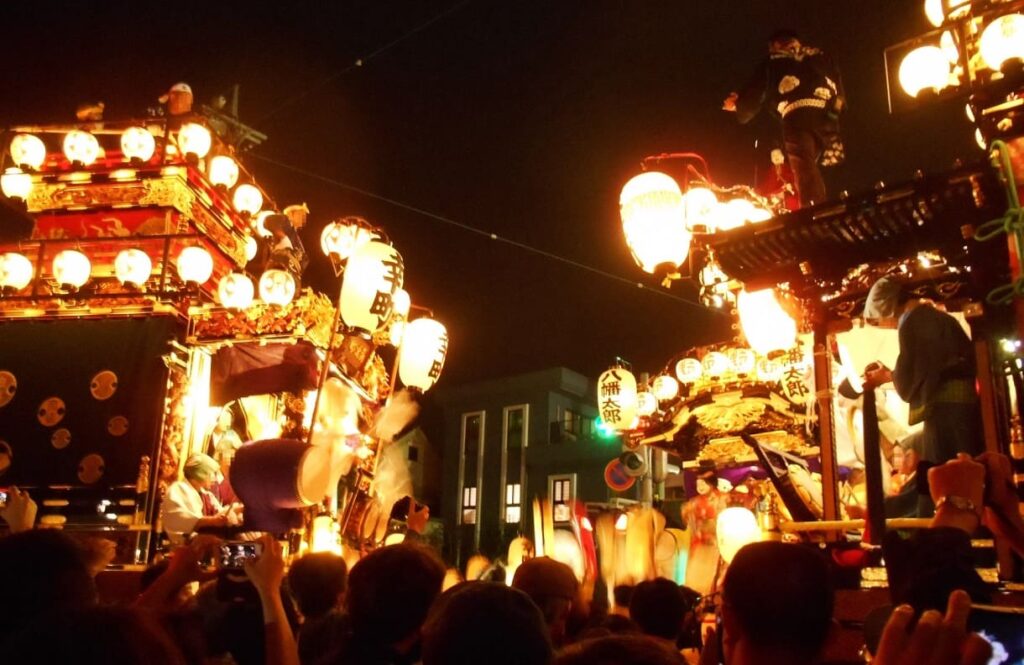
What makes autumn festivals so special is the sheer energy and excitement. Streets come alive with mikoshi and floats, accompanied by the rhythm of drums, flutes, and bells. Groups of people wear matching happi coats, shouting and cheering as they parade through town.
And of course, food stalls line the streets, offering favorites like takoyaki (octopus balls) and yakisoba (fried noodles). Eating festival food under the crisp autumn night sky is an experience you’ll never forget.

Daytime is fun, but personally, I love the evenings the most. The lanterns on the floats light up, and the atmosphere is just magical.
Mikoshi and Floats: Icons of the Festival

At Japanese autumn festivals, you’ll often see mikoshi (portable shrines) and floats. Let’s take a closer look!
What Is a Mikoshi?

A mikoshi is a sacred portable shrine that carries the spirit of a Shinto deity. On festival days, it is carried on the shoulders of participants and paraded through the town. The idea is to let the god “visit” and bless the local community.
The origins of mikoshi trace back to palanquins once used by nobles, later adapted to carry deities. Today, they remain the heart of many festivals, symbolizing protection, blessing, and prosperity.
What Is a Float?
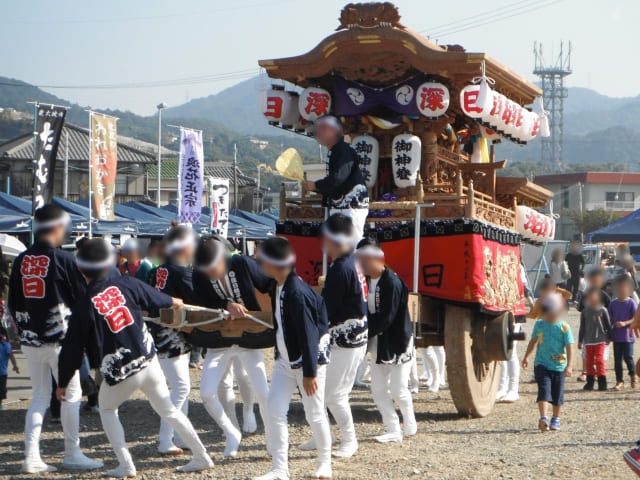
A float (dashi) is a decorated wooden cart with wheels, pulled by ropes through the streets. Floats often feature intricate carvings, lanterns, and musicians playing festive tunes with drums, flutes, and bells.
While the mikoshi is sacred and spiritual, floats are all about festive splendor and entertainment, creating a vibrant balance at the festival.
Happi Coats and Festival Music
Participants carrying mikoshi or pulling floats often wear matching happi coats, which symbolize team spirit and tradition. The music of drums, bells, and flutes—known as matsuri-bayashi—fills the air, adding rhythm and excitement to the event.
The energy of the chants, music, and movements transforms the streets into one big celebration that anyone can enjoy.

If you’ve never heard matsuri-bayashi (festival music), you should definitely watch a video of it! The beat of the taiko drums hits you right in the stomach—it’s absolutely addictive!
The Role of Tengu in Festivals
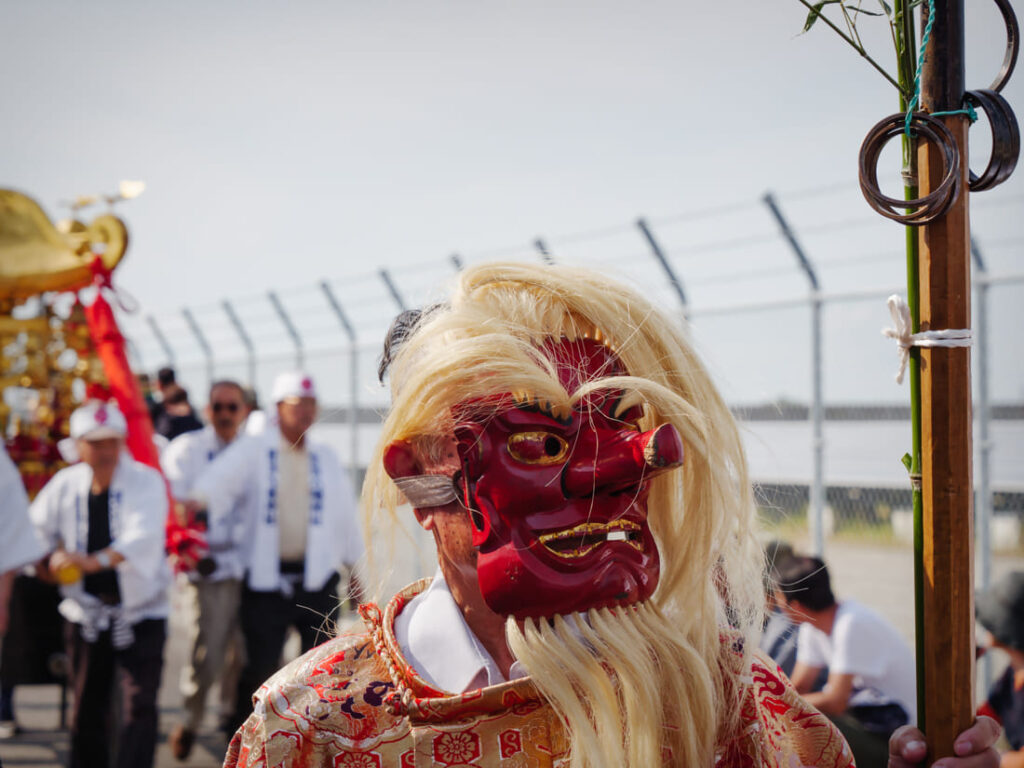
At some autumn festivals, you might notice a tengu—a legendary figure with a red face and long nose—leading the procession. While tengu are often seen as mythical guardians in Japanese folklore, their origin is actually connected to a Shinto deity.
In Japanese mythology, the true identity of tengu is said to be Sarutahiko, a powerful guiding deity. He appears in the story of the Tenson Kōrin (the descent of the heavenly grandchild), where he guided Ninigi-no-Mikoto, the grandson of the sun goddess Amaterasu, as he descended from heaven to rule over the earthly realm.

They say Sarutahiko’s appearance looks a lot like a tengu.
Because of this role, Sarutahiko is revered as a god of guidance and pathfinding, believed to clear away obstacles, ward off misfortune, and open the way to new beginnings. In Shinto rituals, it is customary for Sarutahiko (represented in the form of a tengu) to walk at the front of processions, leading the way when the gods are carried out in their mikoshi.
So when you see a tengu at a Japanese festival, remember—it’s not just a fearsome-looking figure, but the presence of a guiding deity protecting the community and ensuring the safe passage of the divine.

If you are interested in Sarutahiko,
check the article below!
Autumn Festivals Q&A
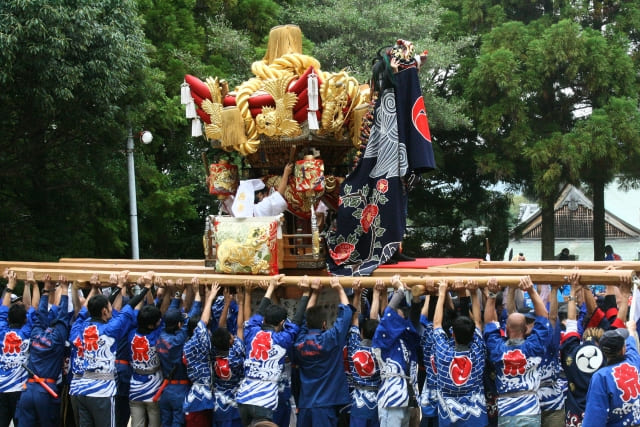
- QCan foreigners join autumn festivals?
- A
Yes! Most festivals welcome visitors. While carrying the mikoshi is usually reserved for locals, you can enjoy watching, cheering, eating festival food, and sometimes even joining in simple activities.
- QWhat’s the difference between mikoshi and floats?
- A
A mikoshi is a sacred portable shrine that carries a god, while a float is a decorated cart filled with music and artistry. Both are essential but serve different purposes.
- QWhy do tengu appear in festivals?
- A
Tengu are believed to protect and cleanse the festival route, acting as a bridge between gods and humans.
Final Thoughts about Japanese Autumn Festivals
Japan’s autumn festivals are more than just seasonal events—they are powerful traditions that connect people, gods, and communities. With sacred mikoshi, dazzling floats, lively festival music, and the mysterious tengu, these celebrations embody the spirit of Japanese culture.
If you ever visit Japan in the fall, don’t miss the chance to experience an autumn festival. Whether you’re drawn in by the energy of the crowds, the beauty of the floats, or the taste of street food, it will be an unforgettable memory that captures the heart of Japan.

If you are interested in Japanese yokai, and you love gaming, you may love these games! Let’s play!

Yes! Let’s play!

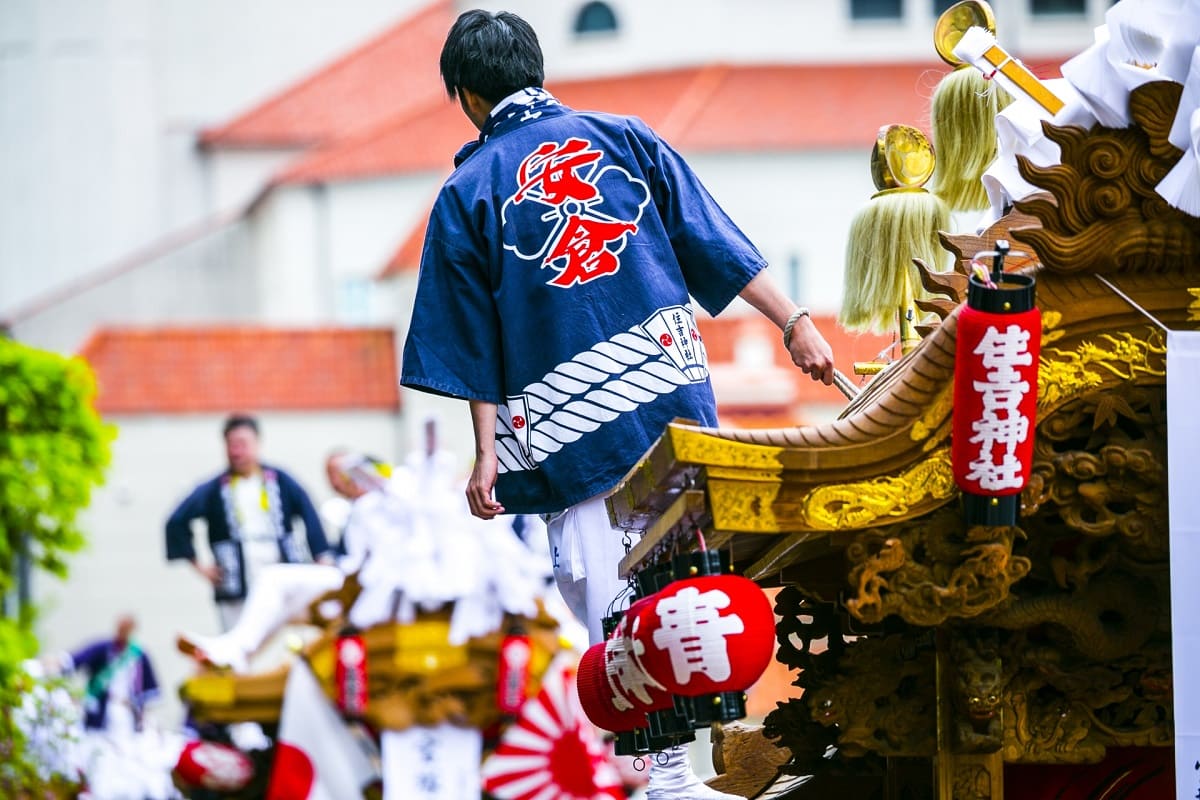

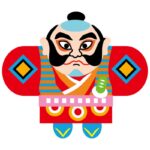
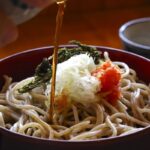
Comments